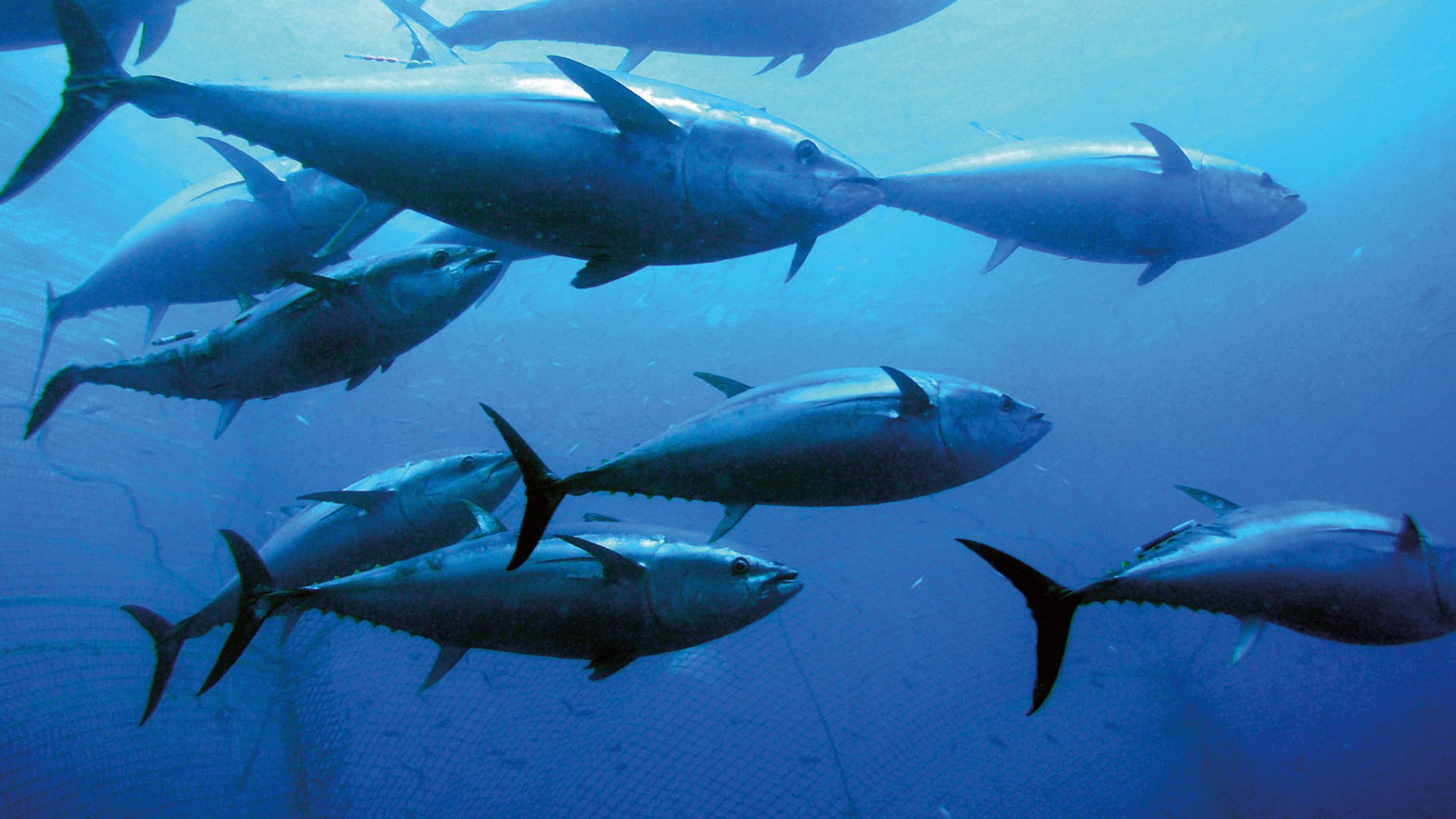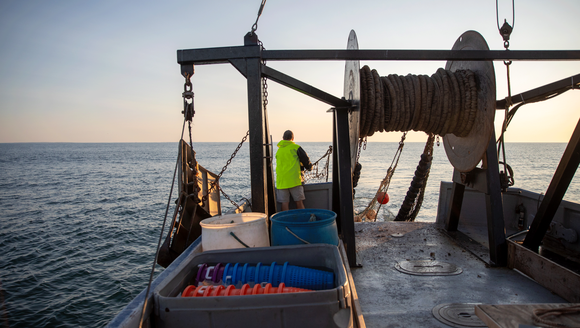Understanding Bluefin Tuna
Perspectives | Dec 31, 2018
Bluefin tuna in the Gulf of Maine are a critically important species, both biologically and commercially.

Dr. Walt Golet is an Assistant Professor at the University of Maine's School of Marine Sciences and serves as a Research Scientist at the Gulf of Maine Research Institute.
Dr. Golet's current research focuses on understanding how bluefin tuna and other highly migratory species use habitats across the North Atlantic and how they feed and grow.
He works with a network of commercial and recreational fishermen in the U.S. and Canada. These fishermen, who include sport fishermen and commercial fishermen on small and large boats, voluntarily provide information on the fish that they catch (where, when, and how big), and many of them return samples to Dr. Golet and his team of students.
For each fish that is provided to us, his crew extracts its otoliths (small bones in the head), which record information about the fish’s life much the same as growth rings record information about the life of a tree. Otoliths, together with other tissue samples, provide information on where the fish was born, its health, and what it has been eating.
In addition to his research, Dr. Golet has also led outreach efforts to share his passion and knowledge about tuna. Most recently, that includes this short explainer on Bluefin in the Gulf of Maine:
One of the best parts about my job is the interconnectedness I have with management, with assessment, and with the actual fishing communities — be they recreational or commercial. It's really a partnership between all those different facets that makes our research program run.
Walt Golet Assistant Professor, UMaine School of Marine Sciences
In the News: National Public Radio
Is It Time To Catch The Wave Of Rebounding Atlantic Bluefin Tuna?
New England fishers say it's been decades since they've hauled in so many tuna, and some in the industry are urging higher quotas. But some …
Press Clips|Nov 9, 2017
If you ask Dr. Golet, he'll tell you bluefin tuna are special. Their large size and unique physiology (these fish are warm-blooded!) are part of what makes them so interesting, but on top of that, bluefin tuna also have a relatively mysterious life history. It’s these mysteries that drive Dr. Golet’s fascination.
Bluefin can be a source of confusion for the public, especially as contradictory information swirls in the news media and NGO community. In the video above, Dr. Golet shares some of what we know about bluefin here in the Gulf of Maine. For example, did you know that the term bluefin can actually refer to three separate species? Pacific, Southern, and Atlantic bluefin live in different parts of the ocean and have different population dynamics and life histories — yet they all are simply referred to as bluefin. No wonder people get confused!
Even when we focus only on Atlantic bluefin in the Gulf of Maine, we still observe two separate stocks — referred to as Eastern and Western — both of which journey to our local waters in search of food. Much of Dr. Golet's work, which includes tagging and biological sampling, is an effort to learn more about which fish are here and where they come from.
Dr. Golet also touches on some of the research tools and relationships that make our research possible. The samples he relies on for his research are only available thanks to long-standing partnerships with the fishing industry. Likewise, relationships with the fisheries management community connect the real needs and observations of fishermen, scientific findings, and the management necessary to protect the resource for years to come.




